Home>Garden Essentials>How Long For Annual Ryegrass To Germinate
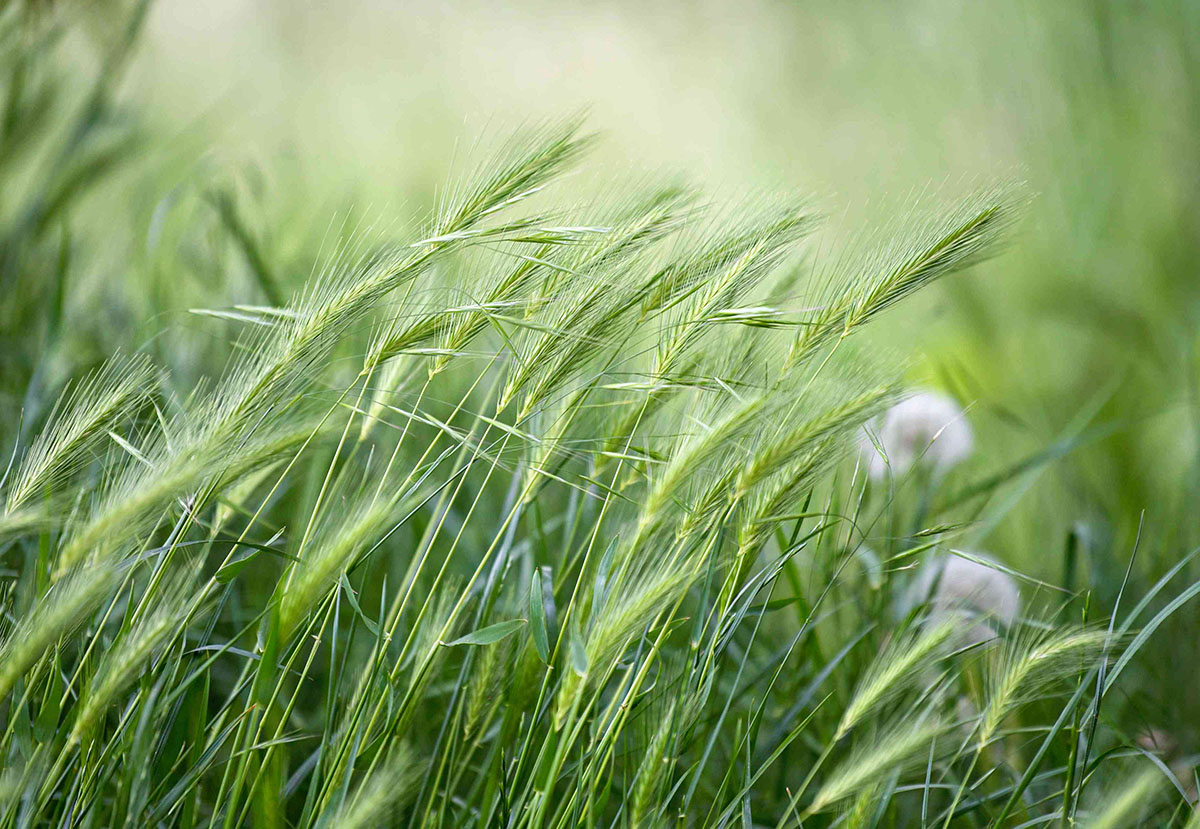

Garden Essentials
How Long For Annual Ryegrass To Germinate
Modified: March 15, 2024
Looking to plant annual ryegrass in your garden? Find out how long it takes for annual ryegrass seeds to germinate, and get your garden thriving in no time!
(Many of the links in this article redirect to a specific reviewed product. Your purchase of these products through affiliate links helps to generate commission for Storables.com, at no extra cost. Learn more)
Introduction
Welcome to the world of gardening! Whether you’re a seasoned gardener or just starting out, understanding the germination process of different plants is crucial for a successful garden. In this article, we will explore the fascinating topic of how long it takes for annual ryegrass to germinate.
Annual ryegrass, also known as Italian ryegrass (Lolium multiflorum), is a popular cool-season grass widely used for overseeding lawns, pastures, and erosion control. It has a rapid germination rate, making it an excellent choice for quickly establishing a lush green cover.
Germination is the process by which a seed grows into a new plant. It involves the absorption of water and activation of enzymes within the seed, leading to the emergence of the embryo and the development of roots and shoots. Understanding the factors that affect germination time can help you plan your gardening activities more effectively and achieve the desired results.
In the following sections, we will explore some of the key factors that influence the germination time of annual ryegrass and provide tips on how to optimize these conditions for faster germination. So, let’s dive in and discover the secrets of annual ryegrass germination!
Key Takeaways:
- Annual ryegrass seeds typically take 7 to 10 days to germinate, but some may sprout sooner or later. Providing optimal conditions like moisture and temperature can speed up the process.
- Techniques like pre-soaking and scarification can help speed up the germination of annual ryegrass seeds. However, factors like poor soil conditions and low seed quality can delay the process.
Read more: When Does Annual Ryegrass Die
Factors Affecting Germination Time of Annual Ryegrass
Several factors influence the germination time of annual ryegrass. Understanding these factors will help you create the optimal conditions for successful seed germination. Let’s take a closer look at them:
- Temperature: Temperature plays a vital role in the germination process. Annual ryegrass prefers cooler temperatures for germination, ideally between 50°F and 85°F (10°C to 30°C). Temperatures below or above this range can significantly delay germination or inhibit it altogether. It is important to keep the soil consistently moist and within the optimal temperature range to promote quicker germination.
- Moisture: Adequate moisture is critical for successful germination. The seeds need to absorb water to activate the biochemical processes that initiate growth. Dry soil can hinder germination, while soil that is too wet can lead to rot or fungal diseases. It is crucial to keep the soil moist but not waterlogged throughout the germination period.
- Soil Condition: The quality and texture of the soil can impact germination time. Annual ryegrass prefers well-draining soil with good water-holding capacity. Soil that is too compacted or heavy can impede root growth and delay germination. Additionally, ensuring the soil is free from debris and weeds will create a favorable environment for seed germination.
- Light: Annual ryegrass is not particularly light-sensitive during germination. While it can tolerate some shade, exposing the seeds to direct sunlight can increase the temperature of the soil, promoting faster germination. However, excessive exposure to intense sunlight may dry out the soil, so striking a balance is essential.
- Seed Quality: The quality and viability of the seeds can affect germination time. It is crucial to obtain high-quality seeds from reputable sources. Fresh seeds, free from damage and disease, have a higher chance of successful germination. Conduct a seed viability test before sowing to determine the percentage of viable seeds and adjust your seeding rate accordingly.
By considering these factors and making appropriate adjustments, you can significantly influence the germination time of annual ryegrass. Next, we will explore the optimal conditions that promote faster germination and establishment of this cool-season grass.
Optimal Conditions for Germination
Creating the optimal conditions for germination is essential to ensure the successful establishment of annual ryegrass. By providing the right environment, you can encourage faster and more uniform germination. Here are the key factors to consider:
- Temperature: Maintaining a consistent temperature within the ideal range of 50°F to 85°F (10°C to 30°C) is crucial for promoting swift germination. Consider sowing the seeds when the soil temperature is within this range, typically in the early spring or fall for most regions.
- Moisture: Adequate and consistent moisture is essential during the germination process. Keep the soil consistently moist, but avoid overwatering, as excessive moisture can lead to rot or fungal diseases. Lightly misting the soil surface or using a gentle sprinkler can help maintain the right moisture levels.
- Soil Preparation: Prepare the soil before sowing the seeds. Remove any debris, rocks, or large clumps of soil that may obstruct the germination process. Loosen the soil to ensure it is well-draining and create a friable seedbed that allows the roots to penetrate easily.
- Seed Placement: Proper seed placement is crucial for optimal germination. Sow the seeds at the recommended depth, usually around ¼ to ½ inch (0.6 to 1.3 cm). Broadcasting the seeds evenly across the desired area or using a seed spreader can help ensure uniform coverage.
- Light Exposure: Annual ryegrass does not require direct sunlight for germination, but exposure to some light can promote faster growth. If sowing the seeds in a shaded area, ensure that there is enough light penetration to support germination. If you’re overseeding an existing lawn, the existing grass can provide some shade for the newly germinated seeds.
By providing the optimal conditions of temperature, moisture, soil preparation, seed placement, and adequate light exposure, you can encourage swift and successful germination of annual ryegrass seeds. However, it is important to note that while these conditions can optimize germination time, other factors may still influence the overall growth and health of the grass.
In the next section, we will discuss the typical germination time for annual ryegrass seeds, giving you an idea of what to expect after sowing.
Germination Time for Annual Ryegrass Seeds
When sowing annual ryegrass seeds, it’s important to have an understanding of the typical germination time. Germination time refers to the period it takes for the seeds to sprout and develop into young plants. While the exact duration can vary depending on various factors, including environmental conditions and seed quality, here is a general timeline you can expect for annual ryegrass seeds:
On average, annual ryegrass seeds take around 7 to 10 days to germinate. However, it’s important to note that germination may occur sooner or later depending on the specific conditions provided. The seeds will start to absorb water and swell, leading to the emergence of the radicle, which is the first root of the plant. From there, the root system will develop, followed by the emergence of the first shoots and leaves.
During the germination process, it’s important to maintain the optimal conditions we discussed earlier, such as consistent moisture and temperature within the recommended range. Also, be patient, as germination can sometimes be slower in cooler temperatures or when soil conditions are less than ideal.
It’s worth mentioning that while the majority of the seeds will germinate within the first 7 to 10 days, some seeds may take longer, even up to 14 days to sprout. This can occur due to variations in seed quality or other factors that may influence the germination process. As long as you see steady progress with the emergence of seedlings, continue to provide the necessary care and allow the seeds sufficient time to germinate.
Once the seeds have germinated, continue to nurture the young plants by providing adequate sunlight, water, and nutrients to support their growth. Regularly monitor the soil moisture level to ensure it remains moist, and avoid mowing the grass until it has reached a height of at least 3 to 4 inches to allow for proper root development.
By understanding the typical germination time and providing the optimal conditions, you can successfully grow and establish annual ryegrass in your garden or lawn.
In the next section, we will discuss techniques to speed up the germination process and ensure the best possible results.
Annual ryegrass typically germinates within 5-10 days when soil temperatures are between 50-65°F. Keep the soil consistently moist to encourage germination.
Techniques to Speed up Germination
If you’re eager to see quick results and want to speed up the germination process of annual ryegrass seeds, there are a few techniques you can employ. By implementing these methods, you can promote faster germination and ensure a more rapid establishment of your grass. Here are some effective techniques to consider:
- Pre-soaking: Pre-soaking the annual ryegrass seeds overnight can help soften the hard seed coat and promote faster water absorption. Fill a container with warm water and place the seeds in it. Allow them to soak for 12 to 24 hours before sowing. This technique can help kickstart the germination process.
- Scarification: Some annual ryegrass seeds have tough outer seed coats that may inhibit water absorption. By scarifying the seeds, you can break or scratch the seed coat to allow moisture to reach the embryo inside. You can use sandpaper, a file, or even a mild acid solution to scarify the seeds gently. Exercise caution to avoid damaging the internal parts of the seeds.
- Stratification: Stratification is a technique that simulates the natural cold-winter conditions some seeds require for germination. For annual ryegrass, this technique is not necessary as it prefers cooler temperatures. However, if you’re sowing the seeds during warmer weather, you can place them in the refrigerator for a week before sowing to provide a brief period of colder temperatures.
- Fertilization: Providing a moderate application of a balanced fertilizer before sowing the seeds can supply essential nutrients that promote seedling growth. Choose a fertilizer with a balanced ratio of nitrogen, phosphorus, and potassium (NPK) to provide the necessary nutrients for healthy germination.
- Protective Covering: After sowing the seeds, applying a thin layer of protective covering can help retain moisture and provide some insulation. You can use straw, mulch, or a light layer of compost to cover the seeds. This covering helps maintain a more consistent moisture level and protects the seeds from extreme temperature fluctuations.
By incorporating these techniques into your germination process, you can stimulate faster and more uniform germination of annual ryegrass seeds. However, it’s important to remember that proper care and maintenance are equally crucial after germination. Provide adequate water, sunlight, and nutrients to support the growth of the young plants.
Now that you are equipped with techniques to speed up germination, let’s discuss some factors that may potentially delay the germination process of annual ryegrass seeds in the following section.
Factors That Can Delay Germination
While we’ve explored the optimal conditions and techniques to speed up the germination of annual ryegrass seeds, it’s important to be aware of certain factors that can potentially delay the germination process. Understanding these factors will help you identify any challenges that may arise and take appropriate measures to ensure successful germination. Here are some common factors that can delay germination:
- Inadequate Moisture: Insufficient moisture is one of the primary factors that can delay germination. If the soil is too dry, the seeds may struggle to absorb the water necessary for activation and growth. Ensure that the soil remains consistently moist throughout the germination period, avoiding both excess water and dryness.
- Extreme Temperatures: While annual ryegrass can tolerate a wide temperature range, extremely hot or cold temperatures can slow down germination. High temperatures can dry out the soil and inhibit seed growth, while very low temperatures can hinder biochemical processes necessary for germination. Stay within the optimal temperature range mentioned earlier to promote faster germination.
- Poor Soil Conditions: Soil with poor drainage or heavy compaction can create an unfavorable environment for germination. Compacted soil restricts root growth and inhibits seedling emergence. Ensure that the soil is properly prepared before sowing, with good drainage and a friable texture that allows for easy root penetration.
- Seed Quality: Using low-quality or old seeds can significantly impact germination time. Seeds that have lost their viability or have been improperly stored may have lower germination rates and take longer to sprout. It’s crucial to obtain fresh, high-quality seeds from reputable sources to maximize germination success.
- Competing Weeds: Weeds can compete with annual ryegrass seeds for nutrients, moisture, and space. If weed growth is vigorous, it can overshadow the germinating seeds and slow down their development. Prior to sowing, remove any existing weeds and consider applying a pre-emergent herbicide to prevent weed growth during the germination period.
By addressing these potential delays and taking appropriate measures, such as providing adequate moisture, maintaining optimal temperatures, ensuring good soil conditions, selecting high-quality seeds, and managing weed growth, you can help ensure a smoother and more efficient germination process for your annual ryegrass seeds.
Now that we have discussed the factors that can delay germination, let’s summarize the key points covered in this article.
Conclusion
Understanding the germination process of annual ryegrass is essential for successful gardening endeavors. By considering the factors that affect germination time and implementing appropriate techniques, you can optimize the conditions for faster and more uniform germination. Here’s a recap of the key points we discussed:
We explored the factors that influence the germination time of annual ryegrass, including temperature, moisture, soil condition, light exposure, and seed quality. By providing favorable conditions within the optimal temperature range, maintaining adequate moisture, preparing the soil properly, and using high-quality seeds, you can enhance the chances of successful germination.
We also discussed the typical germination time for annual ryegrass seeds, which usually ranges between 7 to 10 days. It’s important to be patient and provide consistent care during this period, as some seeds may take longer to sprout. Once germination occurs, continue to nurture the young plants with proper watering, sunlight, and nutrients.
To speed up germination, we discussed various techniques such as pre-soaking, scarification, stratification, fertilization, and protective covering. These techniques can help stimulate faster and more uniform germination in certain circumstances. However, it’s essential to exercise caution and monitor the seeds closely to avoid any potential damage.
Lastly, we highlighted some factors that can potentially delay germination, including inadequate moisture, extreme temperatures, poor soil conditions, low seed quality, and competing weeds. By addressing these factors and taking appropriate measures, you can mitigate delays and ensure a smoother germination process.
Remember, while understanding the germination process is crucial, it’s also important to continue providing proper care and maintenance to the young plants once they have emerged. Regular watering, mowing at the appropriate height, and providing essential nutrients will help ensure the establishment of healthy and vibrant annual ryegrass.
Now armed with this knowledge, you can confidently sow your annual ryegrass seeds and watch as your garden or lawn flourishes with lush greenery. Happy gardening!
Frequently Asked Questions about How Long For Annual Ryegrass To Germinate
Was this page helpful?
At Storables.com, we guarantee accurate and reliable information. Our content, validated by Expert Board Contributors, is crafted following stringent Editorial Policies. We're committed to providing you with well-researched, expert-backed insights for all your informational needs.
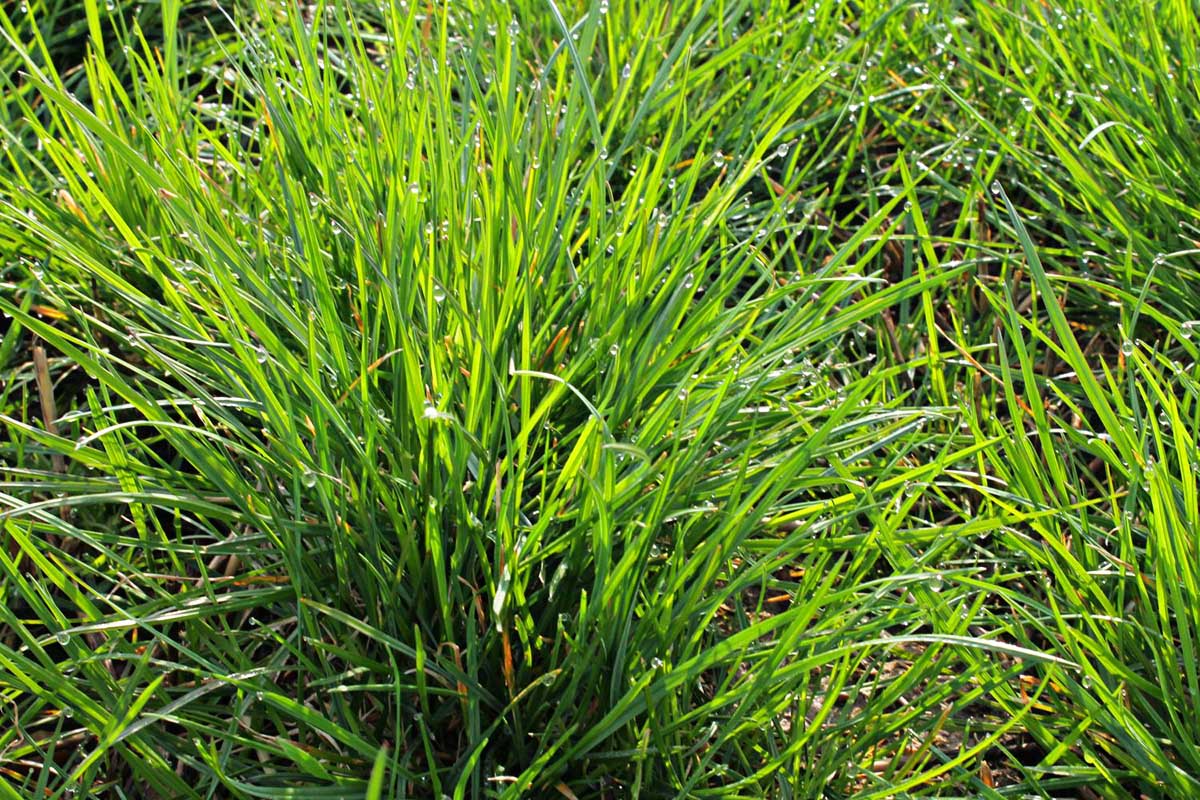
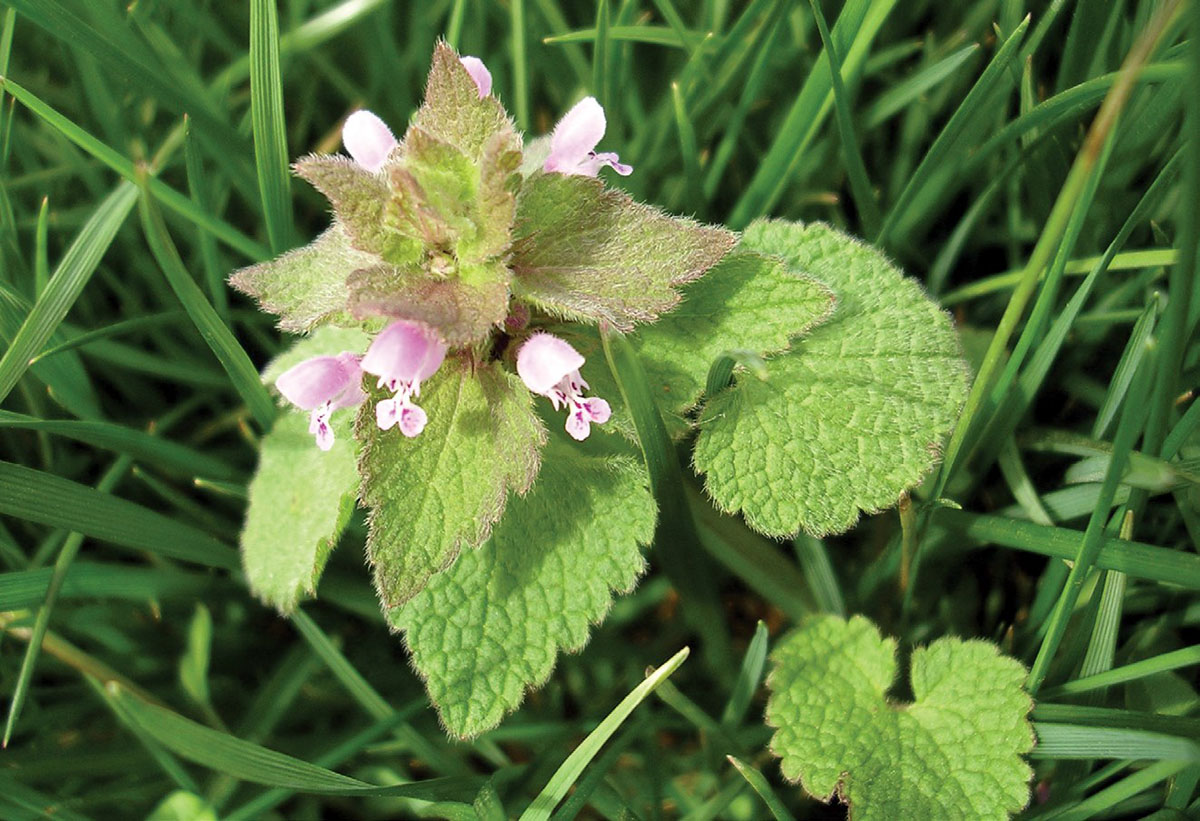
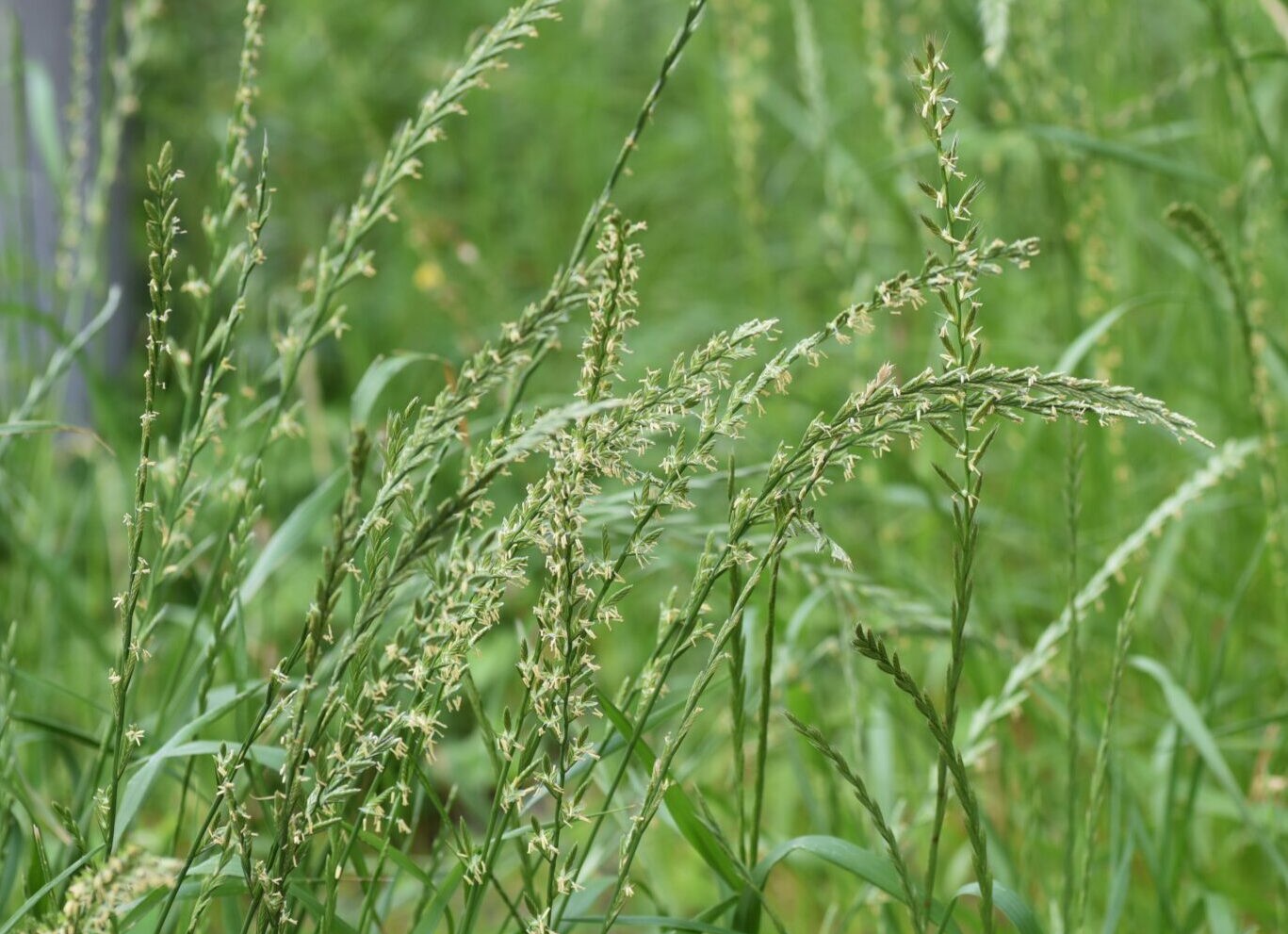
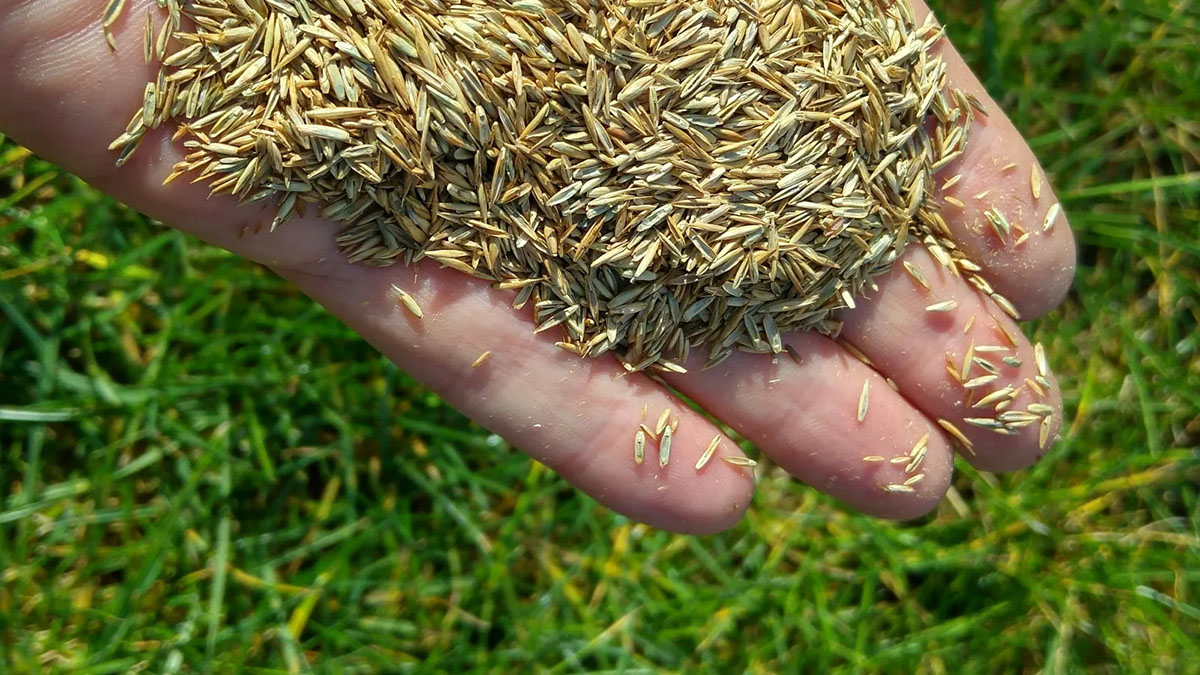
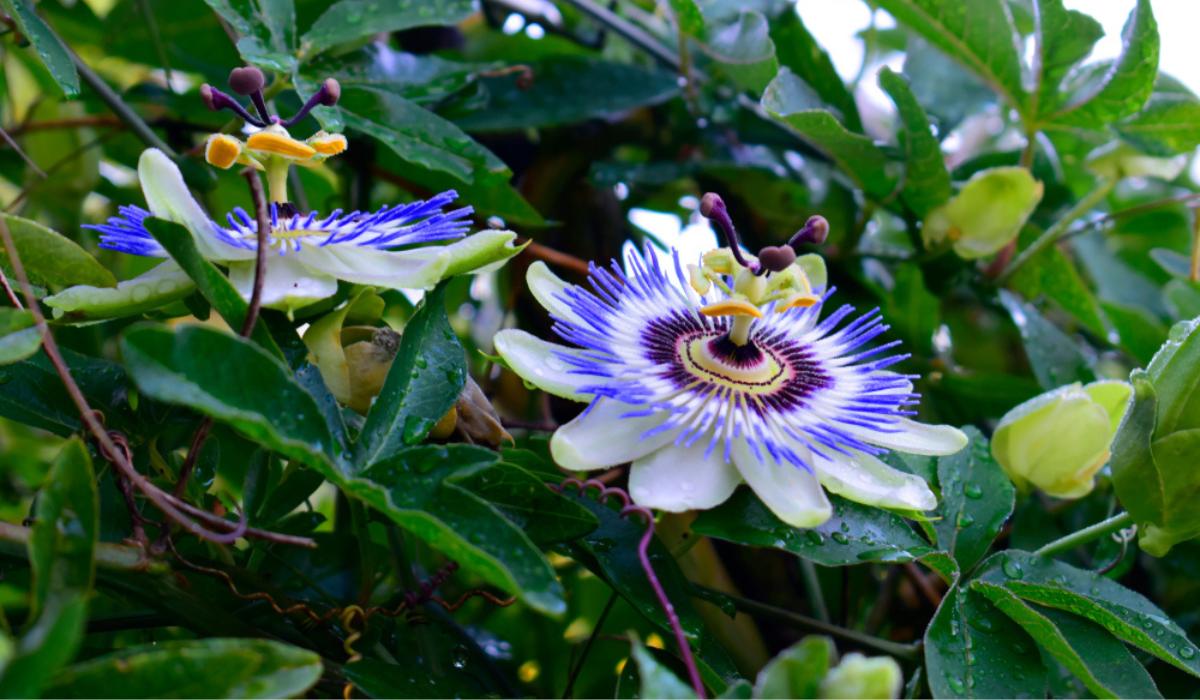
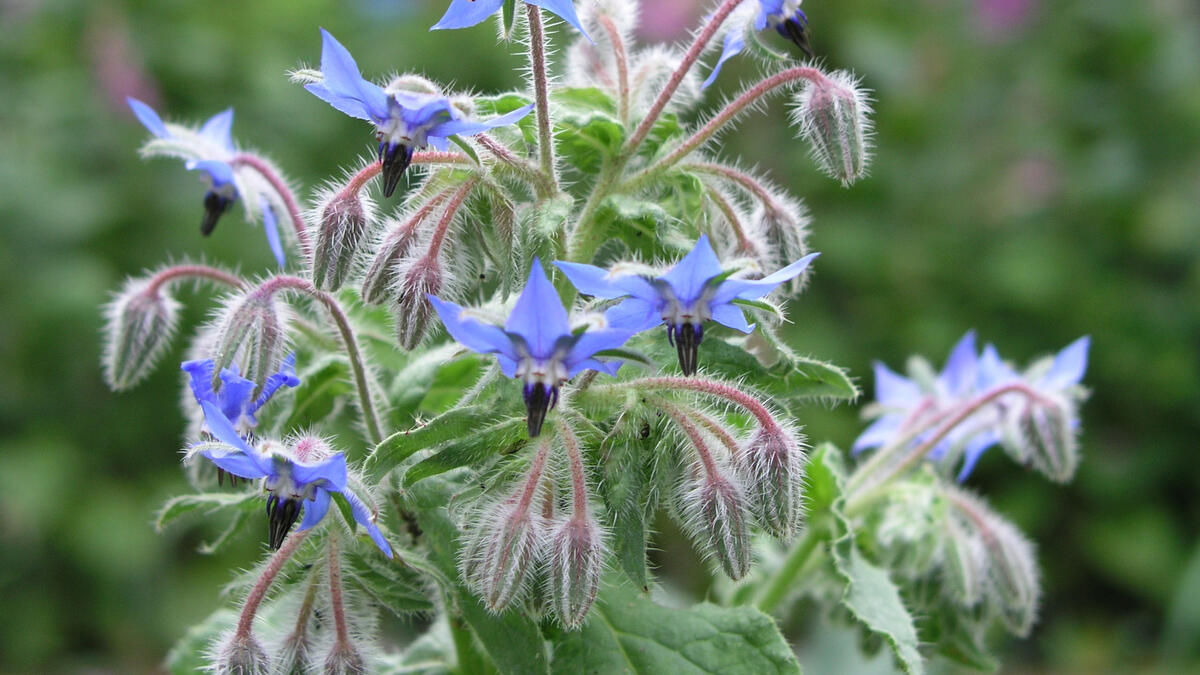

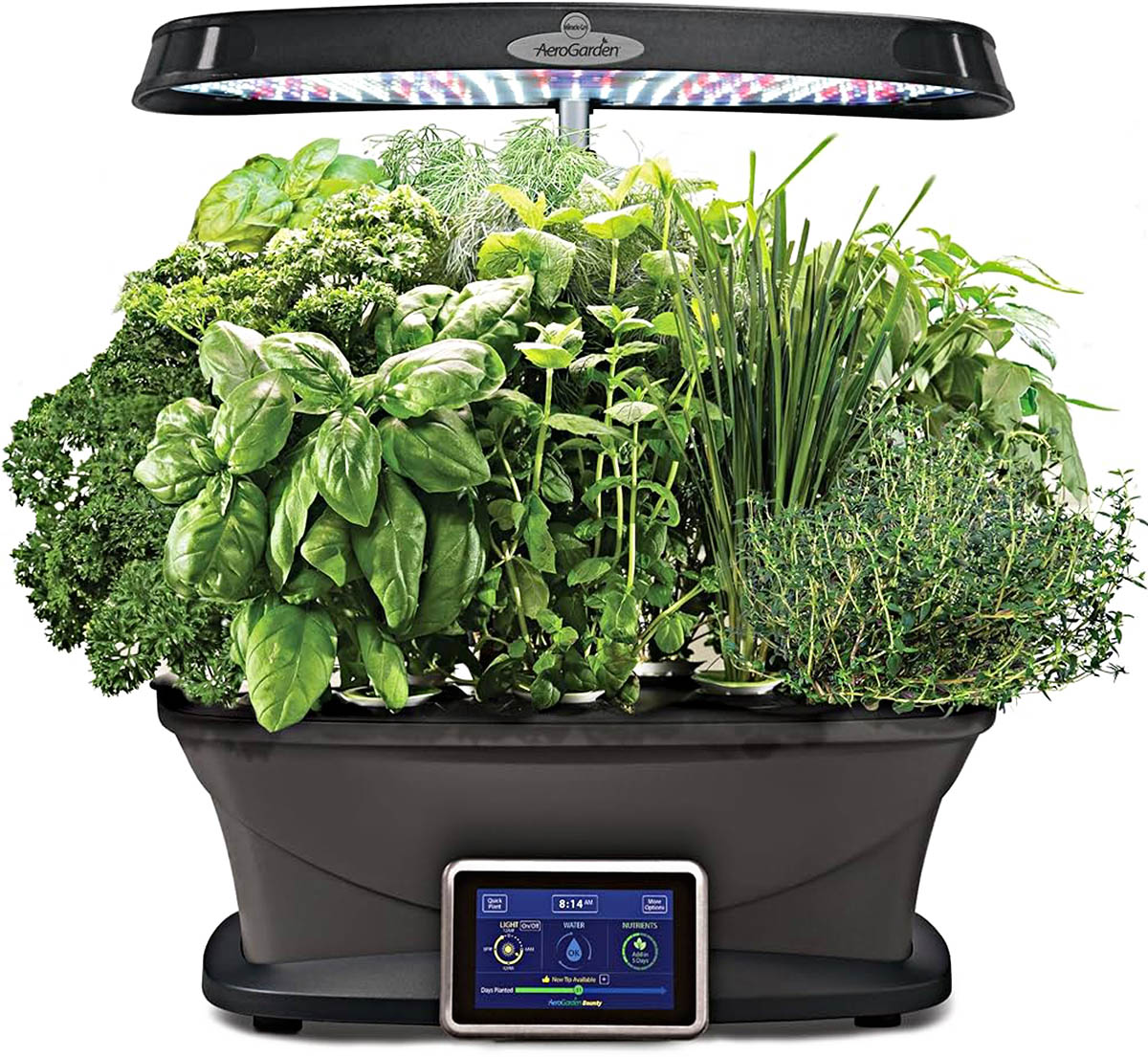
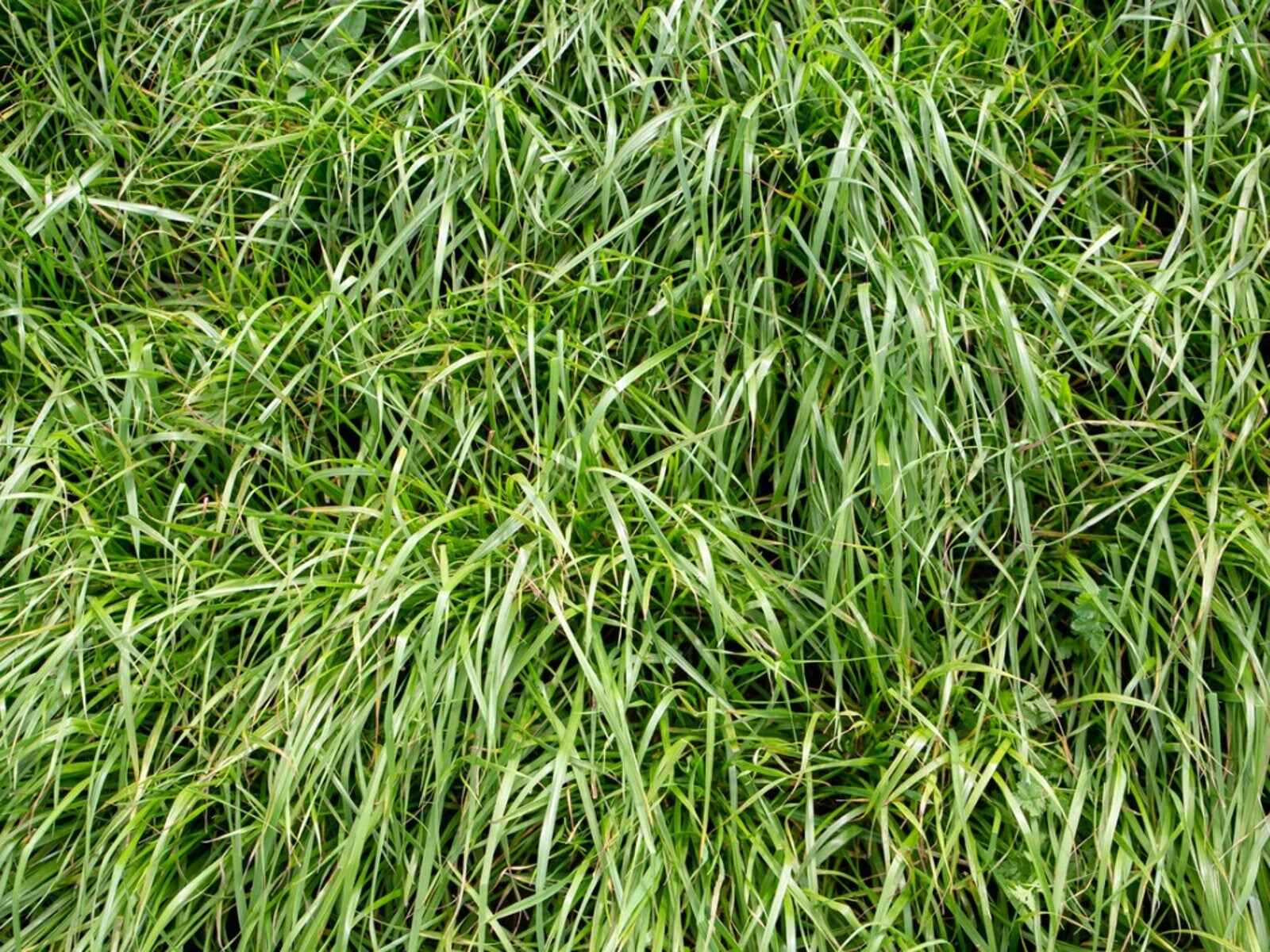
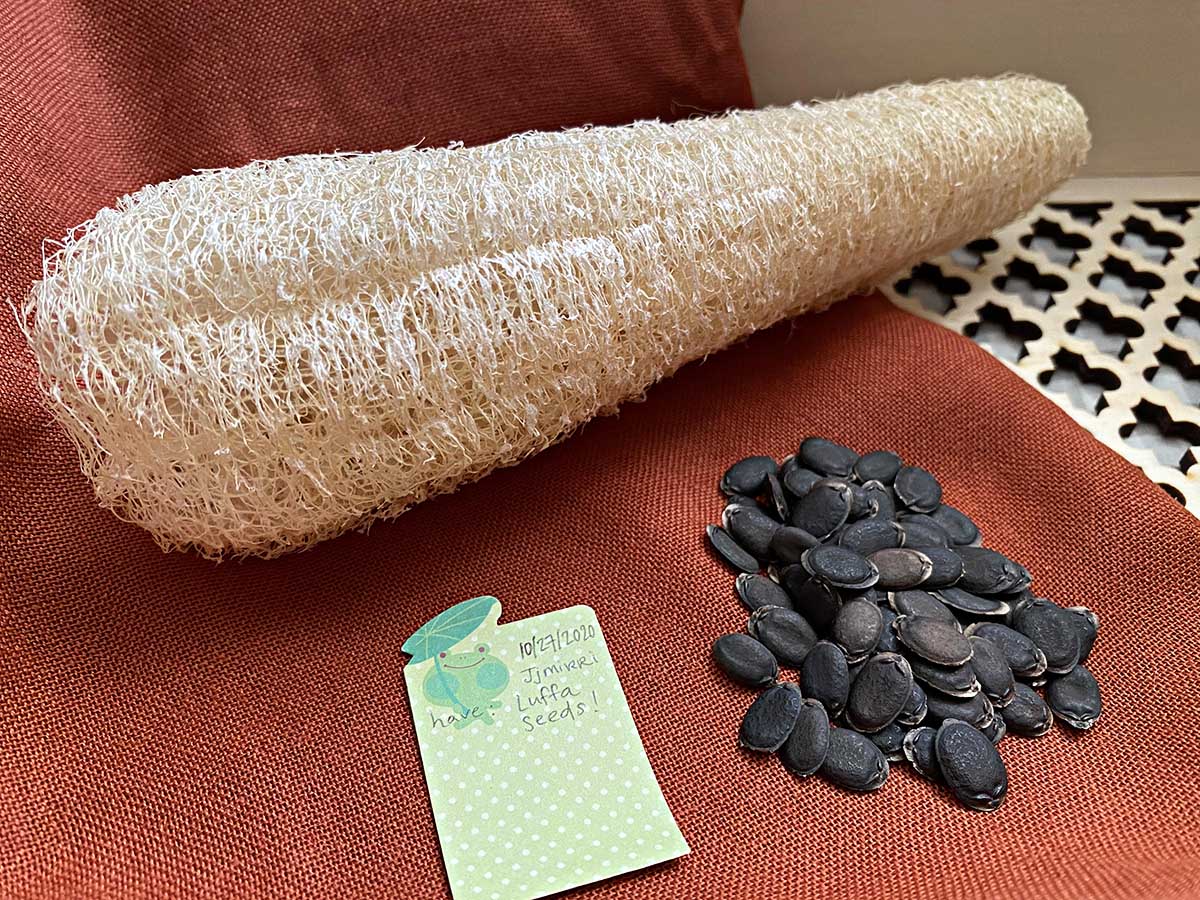
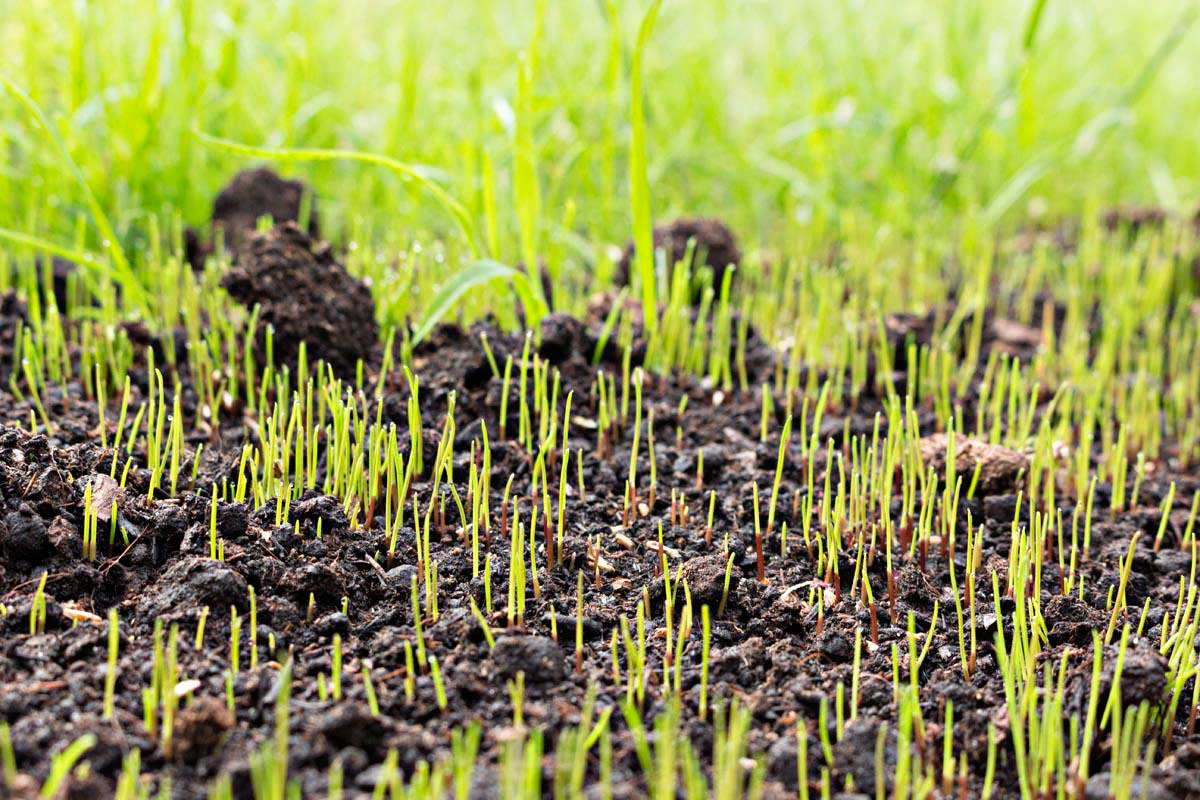
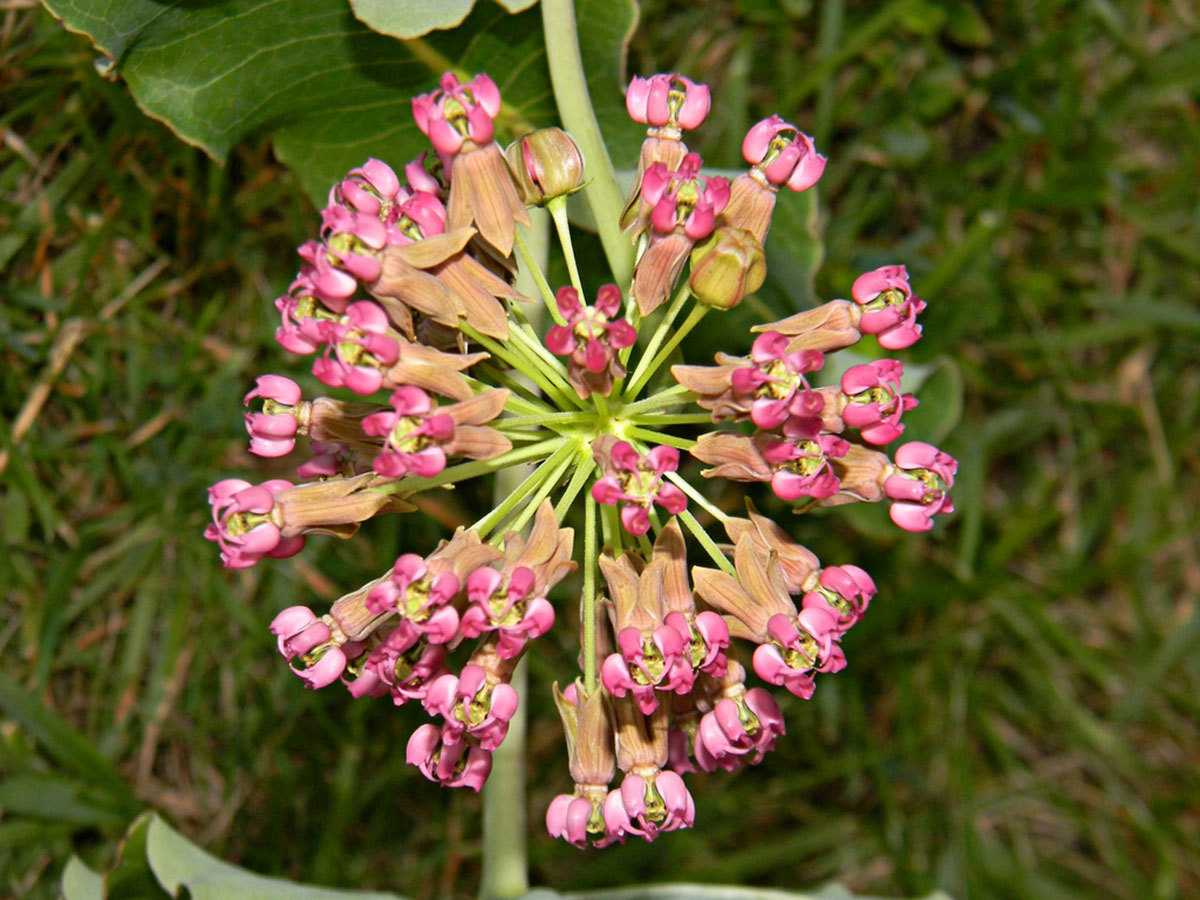
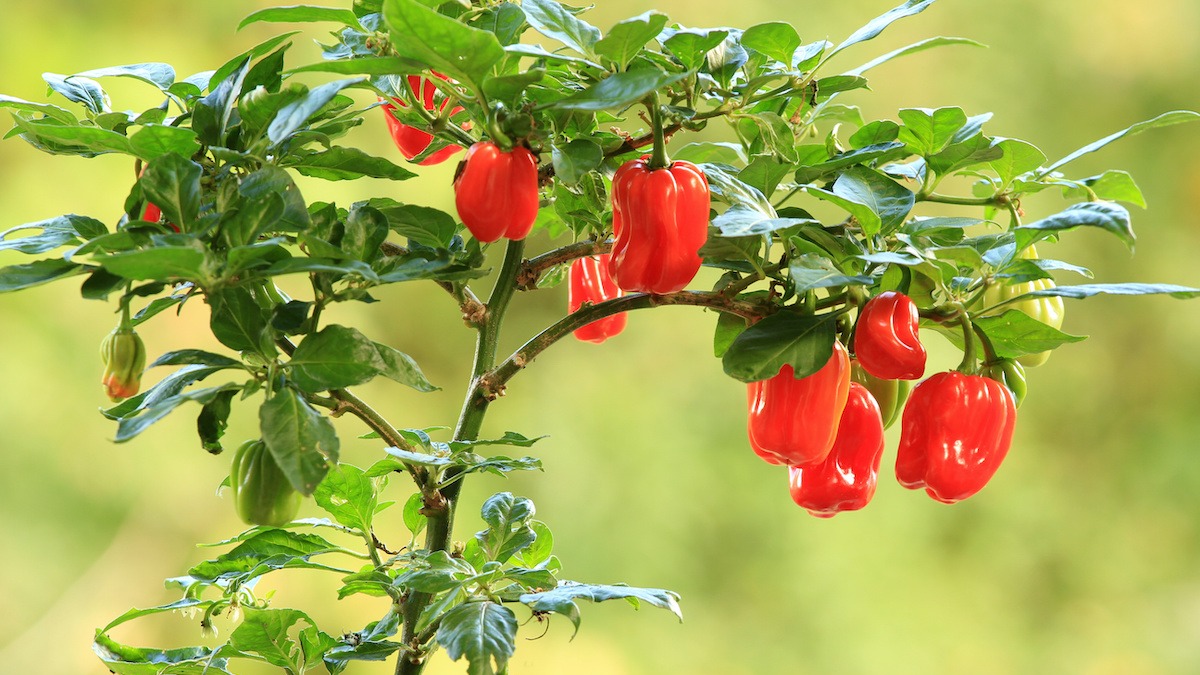
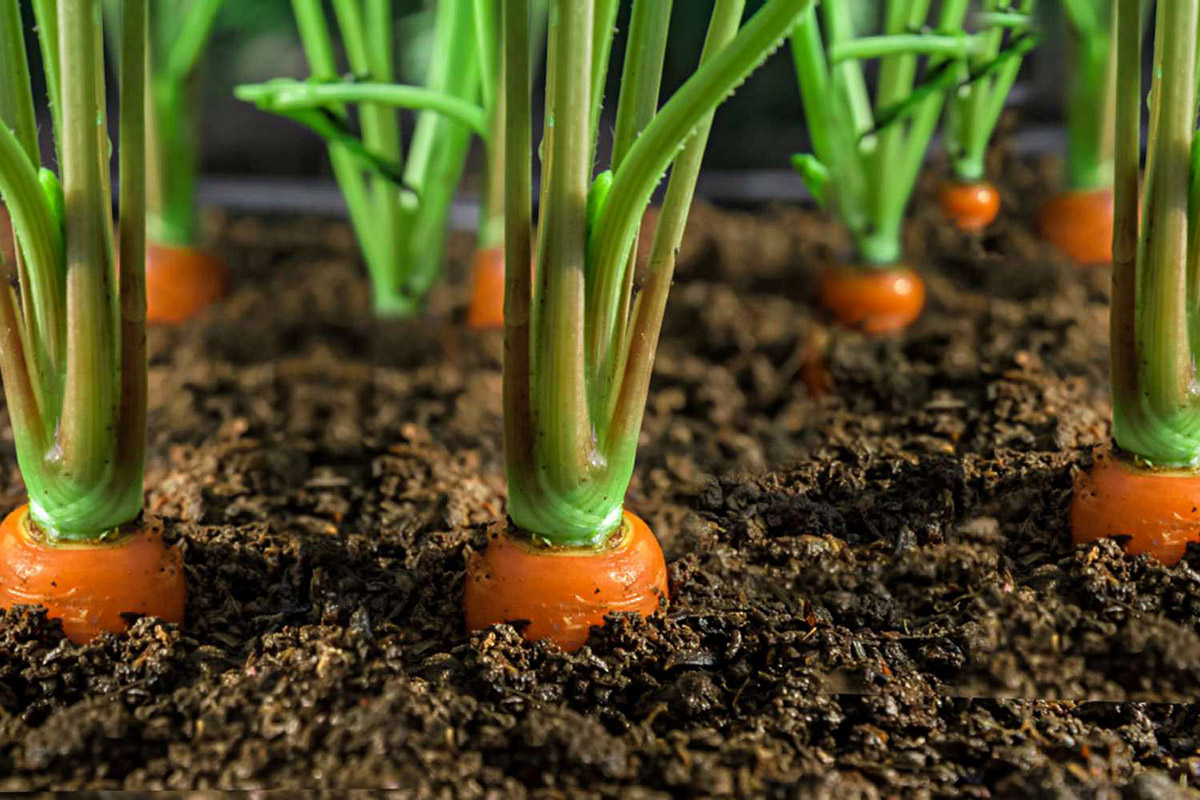

0 thoughts on “How Long For Annual Ryegrass To Germinate”